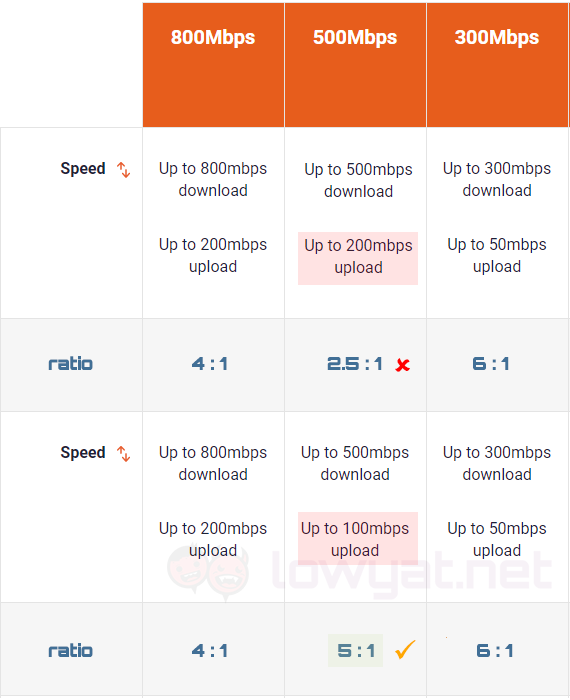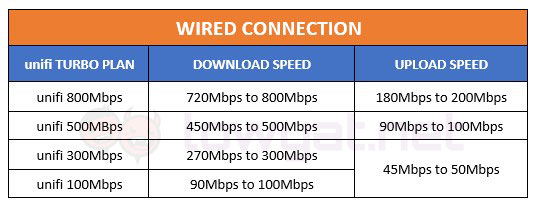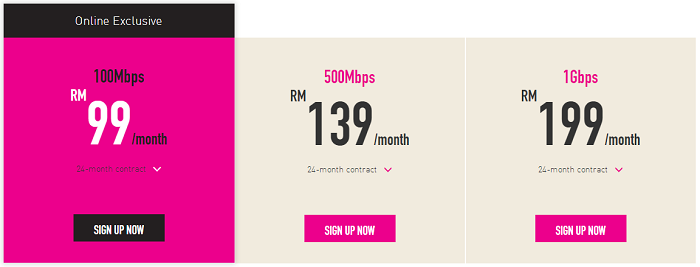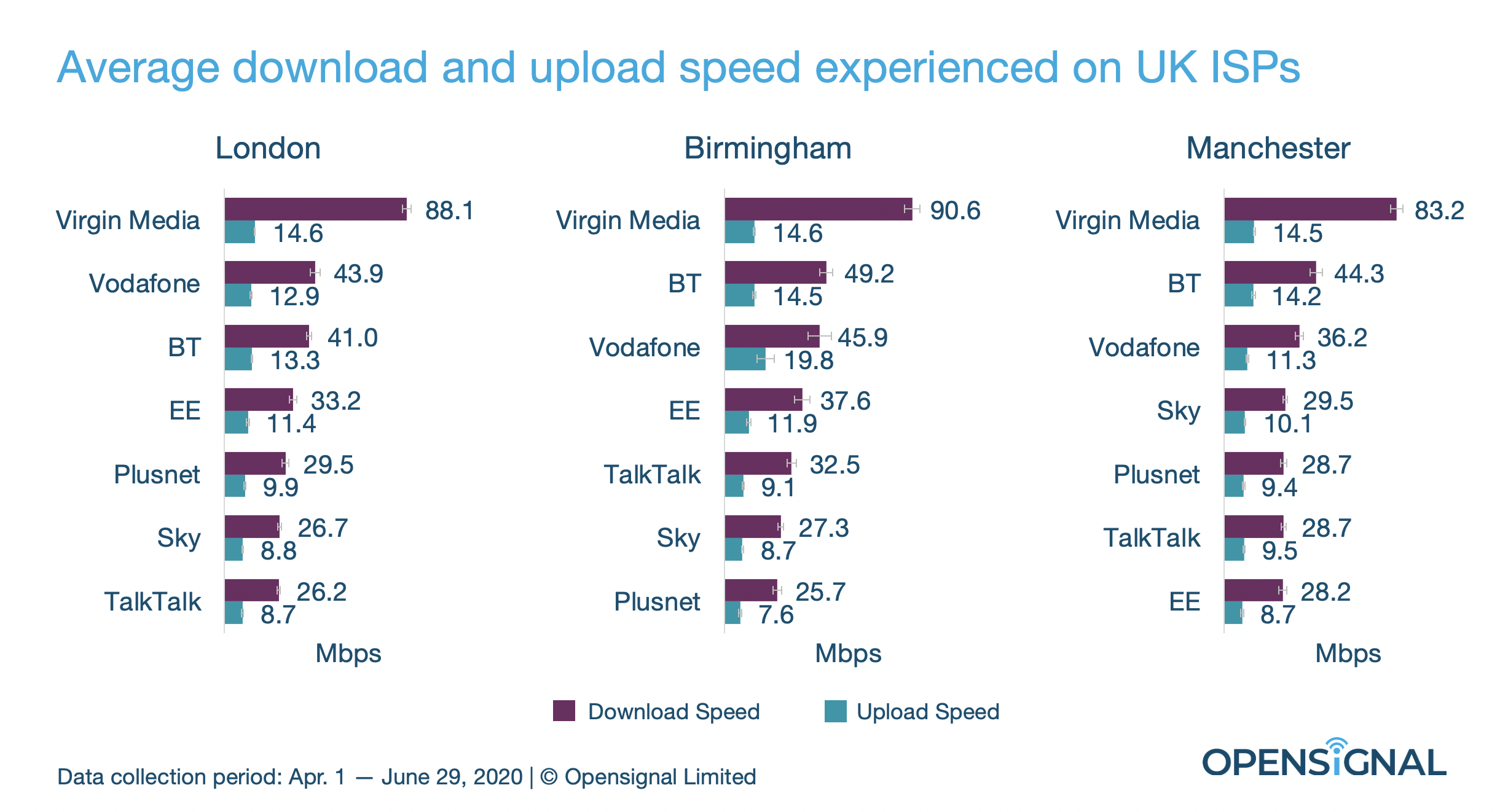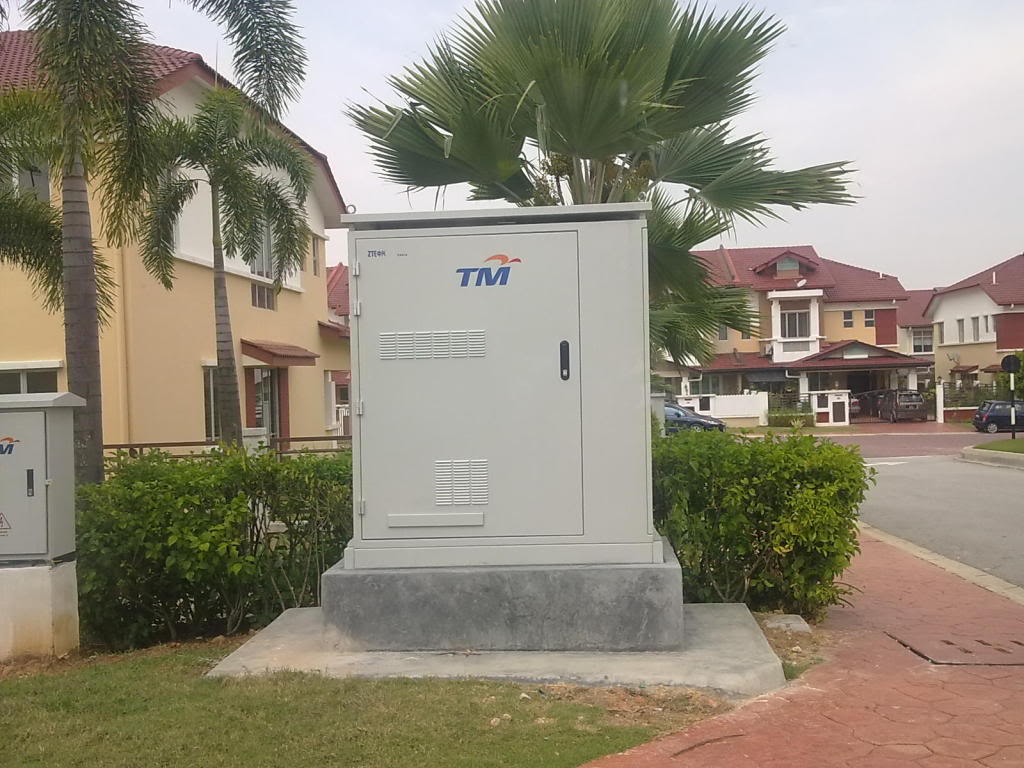TM contacted us directly on the same night with an official response to the matter, reiterating that the initially advertised upload speed of 200Mbps was a mistake, and apologised for the oversight. Our comments section has been flooded with disgruntled customers taking a piss on TM for everything from false advertising to abusing their monopoly for profit, but with regards to this issue, we believe that the 200Mbps advertised upload speed was genuinely an honest mistake – and we’ll tell you why. Telekom Malaysia Berhad wishes to clarify that there has been no change to the upload speed configuration for its existing unifi 500Mbps package. We would like to apologise for any inconvenience caused and assure our customers that all of our channels, including our website, and marketing materials have been updated to reflect the correct information.”
To Err is Human
Before we get down to business, we are not condoning TM’s decision to quietly cover up their mistake. TM should have been upfront with their customers instead of quietly making the corrections and only acknowledging it when they were found out. TM’s unifi service is offered as an asymmetrical connection (more on asymmetrical vs symmetrical comparison below for further reading). In a nutshell, asymmetrical connections allows ISP’s to provide internet connectivity at a lower cost to the end-user – the caveat being that upload/download speeds will always be at a ratio and bandwidth allocation is shared among a group of customers – hence why it is almost always offered on a best effort basis. Looking back at TM’s unifi offering, the ratio on offer was incremental between the 300Mbps and 800Mbps plan. But on closer examination, it becomes clear that the ratio for the 500Mbps plan did not tally with the 300Mbps and 800Mbps plans. By incorrectly publishing 200Mbps upload speeds for the 500Mbps plan, TM was effectively offering a better ratio for the mid-tier plan compared to the higher-priced 800Mbps plan. Comparatively, the average asymmetrical ratio offered by most major ISP’s around the world is currently at around the 8:1 down/up ratio. The second reason why we believe that this was an honest mistake takes us back to late 2018 when TM offered a unifi Turbo speed upgrade plan to a selected group of customers which we covered in-depth here. The unifi Turbo plan included all three packages that were launched last month, and on closer examination, it is clear that even back in 2018, the actual upload speed advertised for the 500Mbps package was between 90Mbps to 100Mbps, not 200Mbps. As we write this, MCMC has released an official statement that they will be acting on complaints from customers who have signed up for the wrongly advertised package, while TM themselves have released a statement acknowledging their mistake, and confirming that customers who feel aggrieved will be allowed to terminate their contracts without any penalties. While we here at Lowyat.NET are staunch advocates of consumer rights, and completely abhor false advertising, no matter how careful a person is, and irrespective of how big an organisation is – mistakes do happen. While it is entirely possible for TM to honour their 200Mbps offer for their mid-tier package without much hassle, we don’t think the majority of those who are signing up for the 500Mbps will actually make use of the additional upstream bandwidth. In theory, allocating the additional unutilised bandwidth to customers will actually be detrimental to the majority of customers in the long run – but that’s a story for a different post. We should really stop taking so much effort throwing a fit about getting 100Mbps upload speeds instead of 200Mbps, and take a quick moment to reflect on our friends who are still stuck on 1Mbps Streamyx, or even those who have to walk to the nearest town, or climb a tree to get any sort of internet. We should instead be working together to push our ISP’s to ensure that our friends get their connectivity sorted out first before we fret over an additional 100Mbps of speed most of us would not even care to use. Featured image credit Zain Abdullah/Flickr
Symmetrical vs Asymmetrical Internet
We are all quite accustomed to the usual DSL, ADSL and Fiber Optics lingo when signing up with an ISP, one less common term usually brought up by a customer, or even mentioned by the provider is whether the connection is symmetrical or asymmetrical. Just like the term says, a symmetrical internet connection provides equal amount of bandwidth in both directions, example 500Mbps download and 500Mbps upload speeds, while an asymmetrical connection generally gives you a higher download speed with a considerably lower upload speed – say with unifi’s 800Mbps/200Mbps package. Generally given its obvious advantages, symmetrical internet packages would costs considerably more to the average customer compared to asymmetrical packages, but in Malaysia, ISP’s like TIME Internet as well as some smaller boutique ISP’s are able to offer symmetrical connectivity for almost the same price as asymmetrical connectivity. The trade off is obvious – most of these ISP’s are still only available in very limited locations, and therefore are able to manage and provide high quality, stable symmetrical connections at very affordable prices. TM on the other hand has to deal with over 1.3 million unifi subscribers, and also has to take into consideration the remaining 1 million customers still stuck on copper dsl which are demanding access to higher speed fiber connectivity. Asymmetrical internet is the most cost-effective and feasible solution when it comes to a huge customer base. Even in well-developed countries like the US and the United Kingdom, the majority of ISP’s only offer asymmetrical internet options – with symmetrical internet offered as a premium option primarily to business customers who need the stability and uninterrupted capacity of a symmetrical uplink.
Why doesn’t TM offer symmetrical unifi packages?
Now that we understand the differences between symmetrical and asymmetrical connections, the obvious question would be why doesn’t TM offer symmetrical consumer-grade unifi to its customers when ISP’s like TIME Internet can. The simple answer would be cost and volume, but let’s break down the details as to why TIME Internet is able to do it and why TM can’t. Symmetrical connections are fantastic, but it’s one drawback is apparent when the ISP is dealing with a huge customer base. It becomes a pricey proposition for the ISP, which in turn means that it becomes a pricey proposition for the end-user as well. Symmetrical connectivity is also wasteful when it is offered to a large consumer base. This does not mean TM does not offer the option of a dedicated symmetrical connection – they do, just for a much much higher price point to those who really need the priority and reliability of a symmetrical connection. So, what causes the high price point? Let’s assume that each connection to a fiber exchange is like a 10 lane highway. If a service provider decides to offer its customers a symmetrical connection, this would mean that they would need to allocate an equal number of lanes on the highway to upstream and downstream bandwidth. This is to ensure that at any point in time, all of their symmetrical customers would be able to access all their allocated bandwidth without any issues. While this is indeed ideal, the majority of consumers will not be using all of these allocated bandwidths – especially the upstream allocation. This would mean, on the 10 lane highway, 5 lanes will be heavily utilised, while another 5 lanes will be quite empty most of the time. Also, by limiting only 5 lanes for downstream data, the number of users who are able to be connected to a single exchange drops dramatically.
This means that more exchanges will be needed to cope with consumer demand, while current exchanges are only partially utilised as bandwidth needs to be set aside for the underutilises upstream. On the other hand, ISP’s like TIME Internet and some smaller boutique ISP’s limit themselves to high rise and densely populated developments to ensure that they are able to roll out symmetrical connections without having to worry to have multiple exchanges. They are able to hook up a 50 lane highway to a single exchange knowing full well that there are enough consumers within the radius of the exchange who will be able to ensure it becomes a feasible investment on their part. For TM, with their large consumer base, and their need to roll out to wider and more remote locations across the country – asymmetrical is the only way to go. The caveats are obvious, but it is probably the best and most cost-effective way to get unifi out to the masses.
